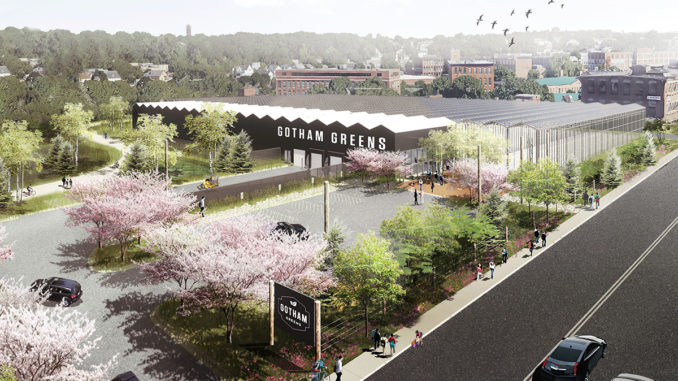
Farm 2.0 proposes a new typology for industrial farming by re-imagining the infrastructure of urban agriculture in a way that enhances its urban surroundings. The client is pioneering the future of sustainable urban agriculture with a series of 100,000 SF greenhouses – roughly the size of a Walmart store – built on post-industrial brownfield sites.
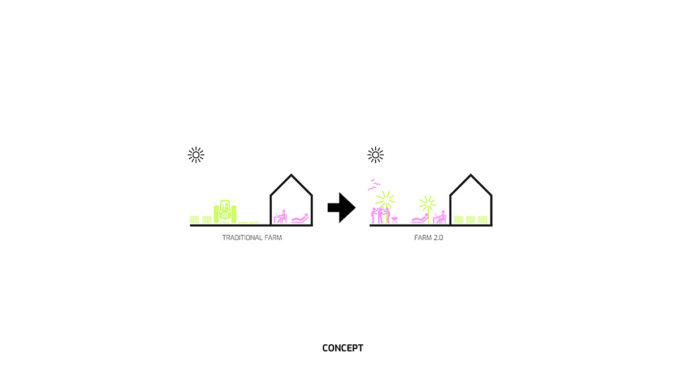
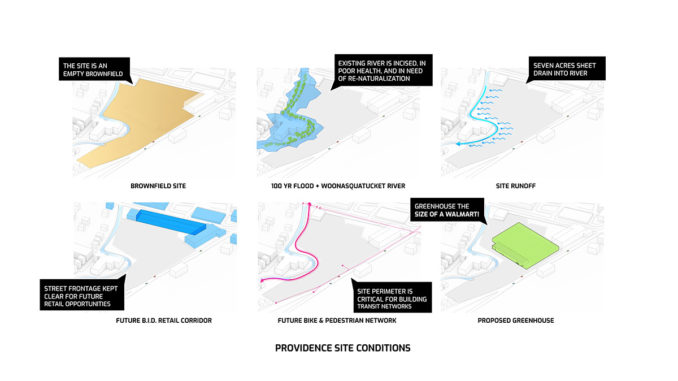
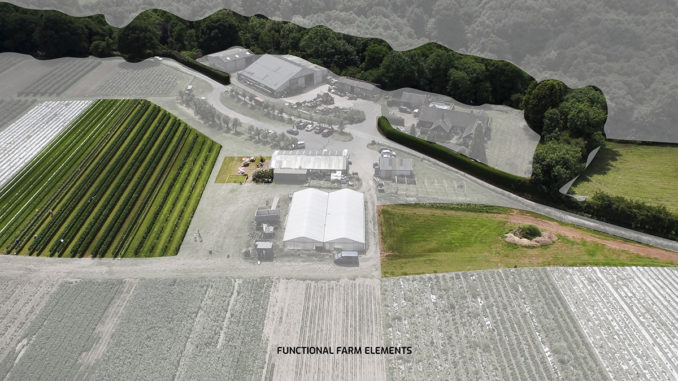
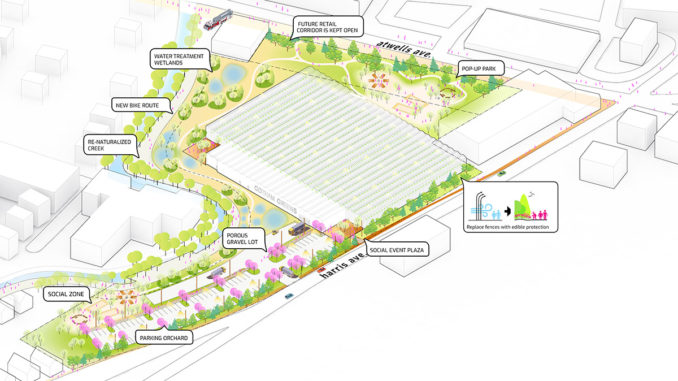
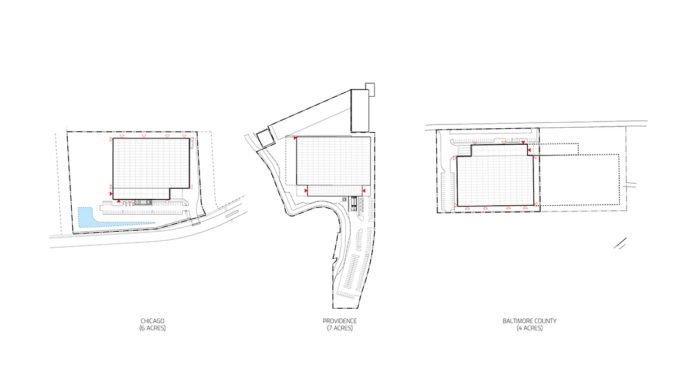
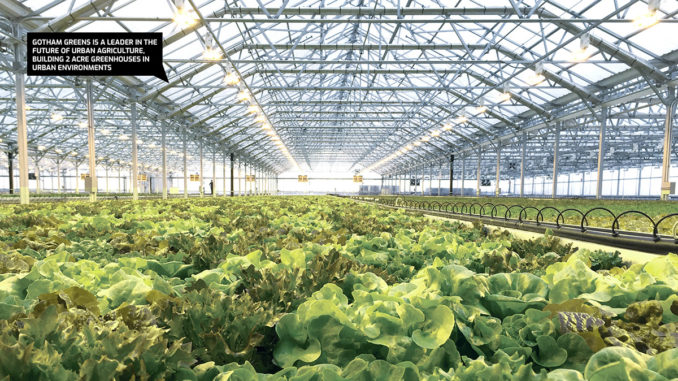
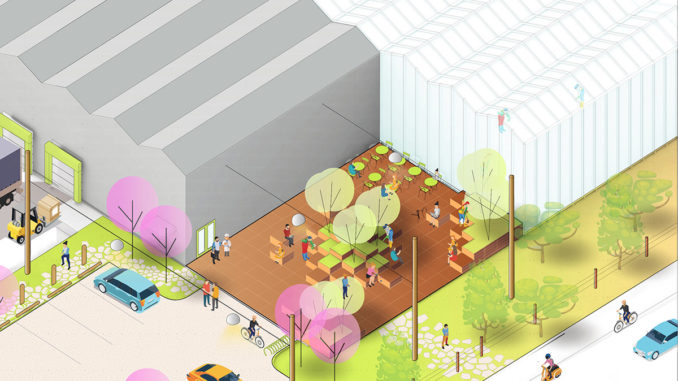
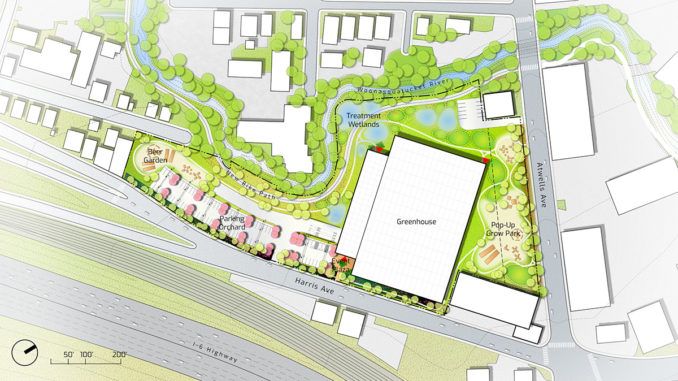
Modern farming is at the center of our environmental and health crises. Current practices devastate local ecosystems, while fresh and nutritious food is harder and harder to find for the poor and middle classes. Farming uses 50% of the world’s land, 30% of the world’s water, and depletes resources at a greater rate than they can be replenished.
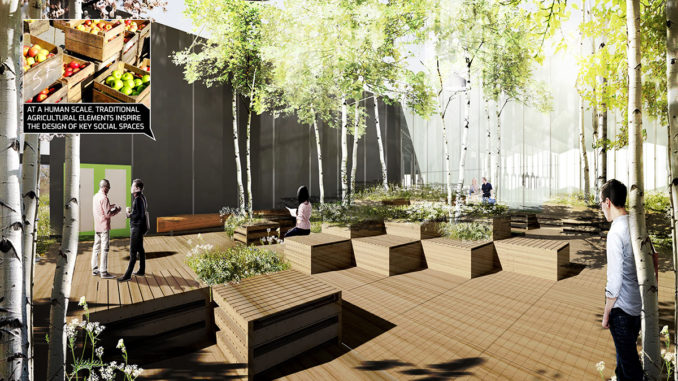
As we look toward a 70% increase in food demand by 2050, a revolution in agriculture must imagine a future that improves, rather than depletes our global ecosystem.
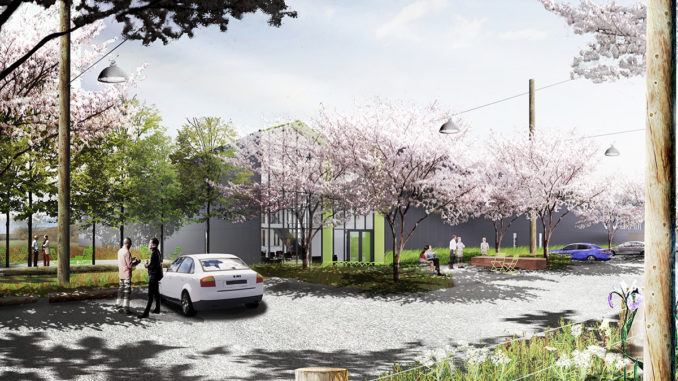
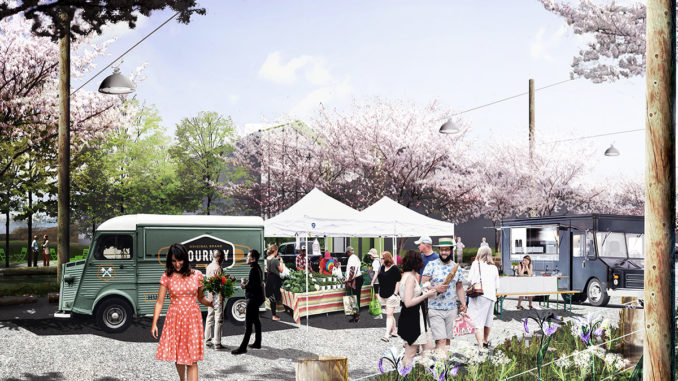
As urban agricultural practices continue to expand, how can the production of hyper-local, ecologically sustainable food make a positive impact on the built environment?
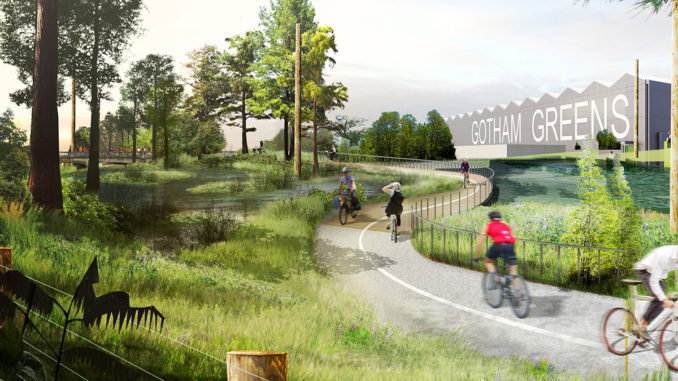
Farm 2.0 transforms big-box infrastructural architecture into a site-sensitive community-based approach for an emerging industry sector. Whereas typical big-box infrastructure places ecological and hydrological stress on its surrounding, and undermines neighborhood character by introducing a supersized and inward-facing program, Farm to City proposes an ecologically performative, and community-enriching design. While traditional agriculture uses the exterior for industry, this new model of urban agriculture uses the exterior as a place for social life, while referencing the materials and forms of a traditional farm. Agricultural elements are adapted to create ecological infrastructure and community amenities, from orchards providing shade and seasonality in parking lots, to riparian restoration that introduces bike paths and play areas to the neighborhood, to thorny-fruited hedgerows that deter imposters while replacing traditional fences as a way to provide ecological habitat and native fruit for neighbors passing by.
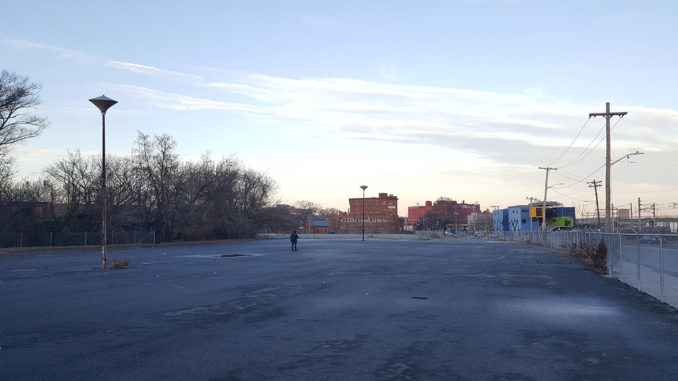
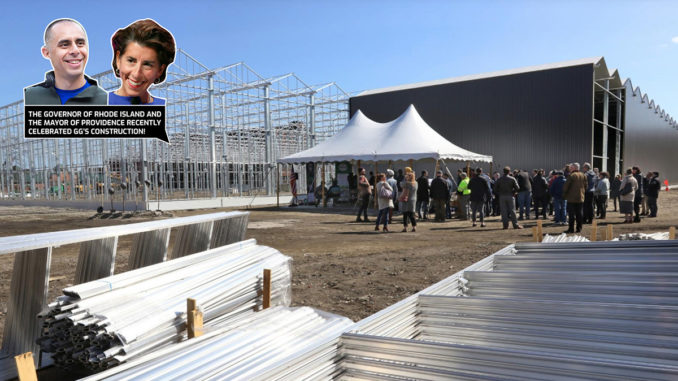
Landscape Architect | OSD
Location | Providence, RI, Baltimore, MD, Chicago, IL
Client: Gotham Greens
Collaborators: Heitman Architects, DiPrete Engineering, VHB Engineering, DMW Engineering
Team: Simon David, Principal in Charge; Emmett Walker, Daniela Andino, Martin Amaro
